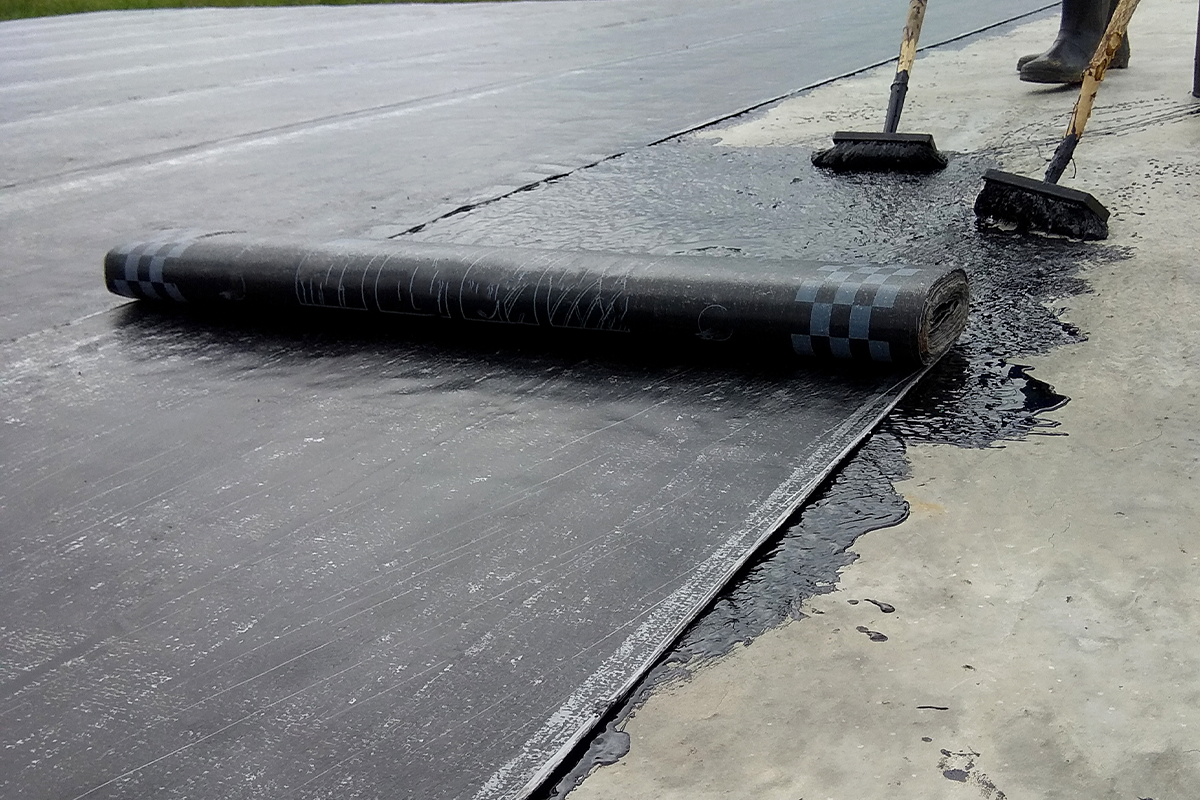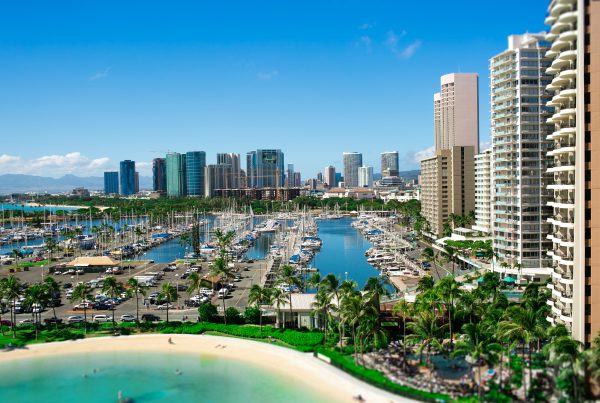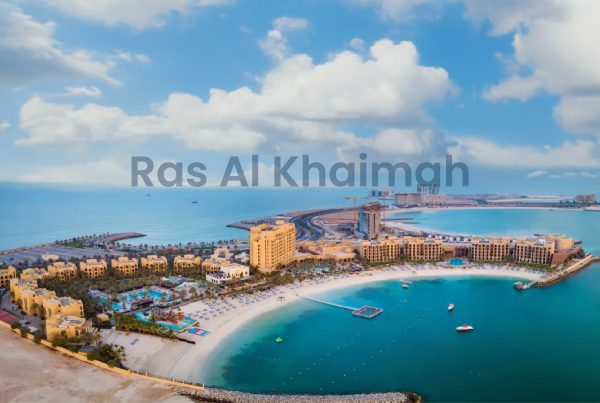Waterproofing entails covering the surfaces of structural components, including walls, roofs, and foundations, with an impenetrable barrier. Its main function is to prevent water penetration. The surfaces of the buildings are often made of water- and moisture-resistant materials.
According to research, waterproofing contributes only to 1% of a building’s construction expenditures but, if neglected, can result in roughly 90% of the damage. However, it is also important to remember that not all waterproofing chemicals are suitable for all purposes. Therefore, you must get suitable waterproofing materials for your unique needs.
The five types of waterproofing in buildings are listed below to aid your decision-making process.
Waterproofing Methods
- Cementitious Waterproofing
- Bituminous Coating
- Bituminous Membrane
- Polyurethane Liquid Membrane
- Liquid Waterproofing Membrane
Cementitious Waterproofing:
Cementitious waterproofing products are considered the most accessible materials. They’re easy to mix and apply. The suppliers of masonry products can provide the materials for cementitious waterproofing also.
The applications of the cementitious waterproofing technique are in internal wet areas, such as toilets. Because of this, the contraction and expansion process is not used. It is a two-component cementitious coating comprising pre-weighed powder and liquid components that have been given polymer alterations. Concrete is for waterproof indoor or external applications such as potable and stormwater tanks, reservoirs, swimming pools, and wet spaces to kitchens, showers, and bathrooms below screed & tile finishes.
Applications of Cementitious Waterproofing
The following types of constructions use cementitious waterproofing.
- Water Treatment Plants
- Sewage Treatment Plants
- Railway & Subway Systems
- Marine Cargo Ports & Docks
- River Locks/Channels & Concrete Dykes
- Parking Structures & Lots
- Tunnels
- Bridges
- Dams
Bituminous Coating Waterproofing:
Another name for bituminous coating is asphalt coating. Due to the formulation and polymerization grade, it is a type of coating utilized to create a flexible and waterproof protective covering. Bituminous waterproofing is used in moist areas below screeds. The polymer grade and fiber reinforcement can influence flexibility and protection against water.
Bituminous coatings are applied under a wet screed. It performs as a waterproofing and protective covering for surfaces like concrete foundations.
Unless treated with a more flexible substance like polyurethane or acrylic-based polymers, it is unsuitable for exposure to sunlight.
Benefits of Bituminous Coating Waterproofing
- Provides weatherproofing and corrosion resistance.
- Excellent adhesive properties.
- Strong, durable, and waterproof.
- Can resist harsh chemicals and UV lights.
- Protects surfaces from rust.
- Environmentally friendly.
Bituminous Membrane Waterproofing Method :
This method is popular for low-sloped roofs because of its consistent performance.
The bituminous waterproofing membrane has a torch on the layer and a self-adhesive membrane.
The primary components of self-adhesive compounds are filler, polymers, and asphalt; other resins and oils may be used to enhance adhesion properties. The self-adhesive variety has a short shelf life since the membrane’s bonding abilities deteriorate over time.
Torch on the membrane has exposed and covered types. The exposed layer often has granular mineral aggregate to withstand the wear and tear of the weathering.
Features of Bituminous Membrane Waterproofing
Bituminous membrane waterproofing has the following features.
- High heat resistance.
- Good dimensional stability. High tensile and tear strengths.
- High chemical resistance.
- Excellent resistance to water and vapor pressure.
- It can adjust structural movements because of excellent flexibility.
- Premium solution for Roof Waterproofing.
- These rolls are available in 3mm, 4mm & 5mm thicknesses.
Polyurethane Membrane Waterproofing:
The polyurethane liquid membrane waterproofing method is typically used for flat roofs and is exposed to weathering. This waterproofing method is expensive.
Polyurethane Liquid Membrane can offer higher flexibility. Polyurethane is very sensitive to moisture content. The moisture level of the concrete slab must therefore be carefully assessed before application; otherwise, membranes may peel or de-bond over time.
Applications of Polyurethane Waterproofing
Polyurethane waterproofing is used for the purposes listed below.
- Roofs
- Pedestrian Decks
- Balconies & Terraces
- Wet Areas
- Water Tanks / Ponds
- Parking Decks / Bridges
- Detail Waterproofing
- Decorative Waterproofing
- Polyurethane Foamed Roofs
Liquid Waterproofing Membrane Method:
The liquid membrane has a primer coat and two topcoats. The coatings are applied using a spray, roller, or trowel. Compared to cementitious waterproofing, liquid waterproofing is thinner and offers more flexibility.
The liquid dissolves into a rubbery coating on the wall. The extension abilities of the coat can rise by as much as 280%. The longevity of the liquid waterproofing coating will differ depending on the kind of polymer that the manufacturer uses. An asphalt layer coated with polymers can be sprayed as the liquid waterproofing membrane. Polyurethane liquid membranes are also offered by manufacturers in various grades for trowel, roller, or spray applications.
Benefits of Liquid Waterproofing Membrane
Liquid waterproofing membranes have the following benefits.
- Cost-effectiveness
- High performance
- Encapsulation
- Safety
- Easy Application
Basements, walls, bathrooms, kitchens, terraces, balconies, decks, green roofs, water tanks, swimming pools, etc., all require waterproofing.
The market is filled with a wide variety of unusual waterproofing materials. Some are more effective than others. With this in mind, knowing that not all are equal is essential. There are many top waterproofing services in Dubai with skilled professionals to help you out. Therefore, you must take some time to determine which will work best for your project requirements.
Thank you for reading our post.
We hope you got an overview of waterproofing methods.
Click the share button now and spread the knowledge.
Frequently Asked Questions
1. What are the types of waterproofing?
The most popular types of waterproofing are liquid polyurethane membranes, bituminous membranes, bituminous coating, and cementitious waterproofing.
2. What is the purpose of waterproofing?
The purpose of waterproofing is to prevent water penetration into concrete surfaces.
3. Where is waterproofing used?
Waterproofing is necessary for the basement, walls, bathrooms, kitchen, balconies, decks, terrace or roofs, green roofs, water tanks, swimming pools, etc.
4. What is liquid membrane waterproofing?
The liquid membrane consists of a primer coat and two topcoats. The application of the coatings is by spray, roller, or trowel. The liquid layer is thin and offers more flexibility than the cementitious types of waterproofing.
5. What are the non-integral waterproofing methods?
The waterproofing methods that are used after construction are non-integral methods. In most cases, these techniques repair the leakage issues that are already present.










